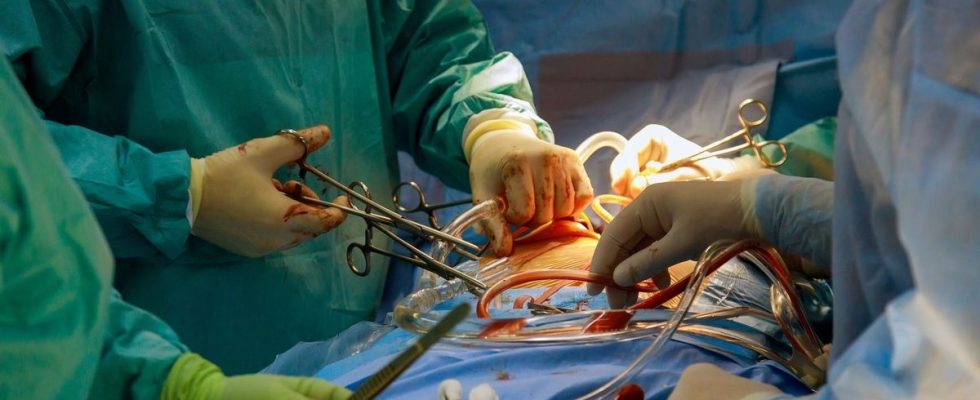Published on
Updated
Reading 2 mins.
A team of Italian surgeons managed to transplant a heart that had stopped beating for 20 minutes. This is a world first paving the way for more heart transplants in the country.
A 45-year-old patient received a heart that had stopped beating for 20 minutes. The transplant was performed on May 11, 2023 by a team of Italian surgeons from Padua Hospital. This establishment is not at its first feat since it also performed the first heart transplant in Italy, on November 14, 1985.
“We are the first in the world to have demonstrated that a heart that has ceased all electrical activity for 20 minutes can be used for a heart transplant.”, said Gino Gerosa, professor at the head of the team of surgeons. In a statement, Luca Zaia, president of the Veneto region, wished to congratulate the entire hospital, Professor Gino Gerosa as well as Dr. Paolo Zanatta, director of anesthesia and resuscitation at the Treviso hospital “who removed the organ”.
A breakthrough that will change heart surgery
For Gino Gerosa, this surgical success would increase heart transplants performed in Italy by 30%. “Starting today, heart surgery will not be the same as before, as it opens up a prospect that can give hope to so many patients waiting for a heart transplant.enthused Luca Zaia.
Another spectacular heart transplant in the US a month ago
Last April, another heart transplant made headlines, this time in the United States: the first transplant from a heart that is still beating. Surgeons at Stanford Hospital in California have successfully transplanted a heart from a cardiac-dead donor to a recipient patient. The surgeons removed the donor’s heart but instead of placing it on ice, they plugged it into an infusion machine, circulating oxygenated blood at 37°C. This technique makes it possible to transplant the heart into the thorax of the recipient patient, without interrupting its beats. Another advantage is that the transplant is faster for the patients, which reduces the length of hospital stay. Finally, the removal of hearts from people who died of a cardiac cause could make it possible to increase the number of grafts available.
